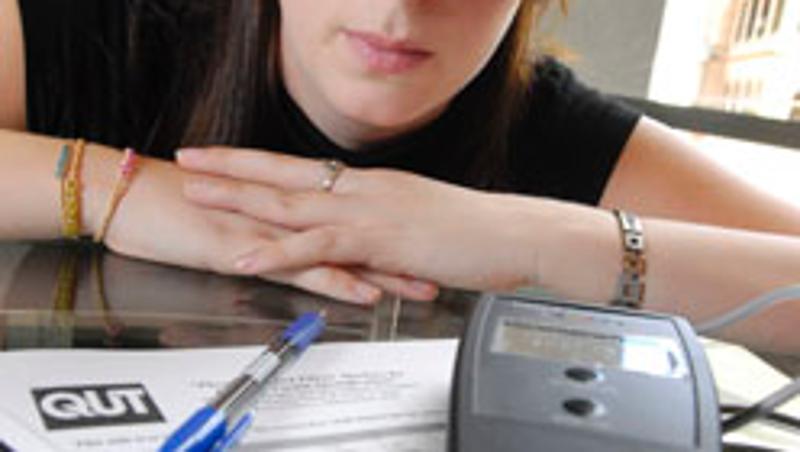
Queensland University of Technology researchers are looking for a way to aid identification of victims of natural disasters and mass accidents such as the recent Burmese cyclone, the earthquake in China, or the 9/11 attacks.
Dr Bill Lott and Alison McCarthy, of QUT's Faculty of Science and IHBI, are developing the methodology to build partial physical profiles of victims, as a tool for victim identification when traditional methods fail.
Their technique would be particularly useful in disasters where the victims' remains have been destroyed beyond normal recognition.
"We are looking specifically at the small percentage of victims who cannot be identified by dental records, fingerprints or personal effects, and taking a step back to look at the specific characteristics present, to try and classify them and find alternate methods to identify these people," said Ms McCarthy.
Ms McCarthy said the current methods used to identify victims of disasters focussed on individual traits, while the methods being tested by the QUT team would be more of a classification method.
For example, it may have been useful following the tsunami disaster to distinguish between victim remains of the local Asian population and those from the predominantly European tourists.
"We would be looking more broadly at different traits to put together a system of classification," said Ms McCarthy.
The research team is seeking between 500 and 1000 anonymous volunteers to assist in their research.
Volunteers would attend a single brief interview, at which they would complete a questionnaire recording physical description and self-identified ancestry, provide a blood sample by a simple finger-prick, and undergo a skin reflectance reading.
"We are examining specific markers in the DNA that have been shown to be associated with inherited pigmentation traits," said Ms McCarthy.
"The information we collect from the volunteers will be entered into a database, where we will attempt to correlate the DNA marker frequency with the physical characteristics described in the questionnaire.
"The statistical information will be used to attempt to predict a person's likely physical description, including hair colour, skin colour and eye colour.
"We will then test these relationships by predicting the physical traits of a known group of individuals, using only the data provided by their DNA. The success rate we observe in the test group will reflect the predictive power of the technique."
Volunteer sampling will take place at various locations across all QUT campuses, so participants can allocate an appropriate campus and time.
Volunteers can contact Alison McCarthy by emailing am.mccarthy@qut.edu.au.
Media contact: Sharon Thompson - Media Officer - 3138 4494 or sharon.thompson@qut.edu.au.
Hi-res Pic available for media


